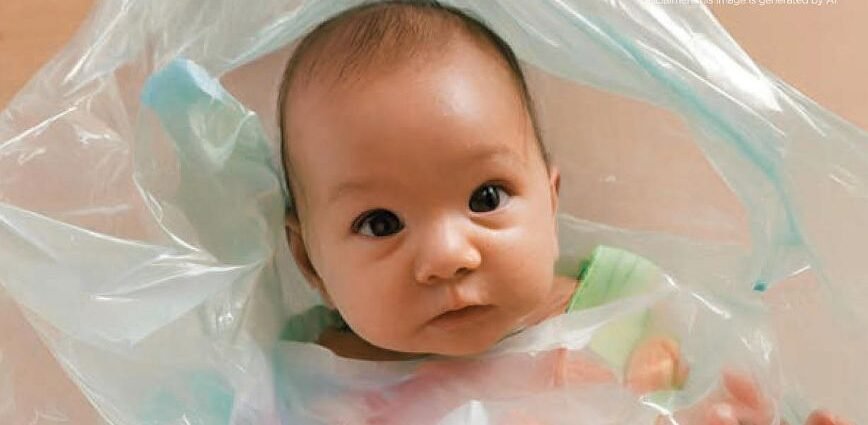We are in a time called the Plasticene, where plastics are everywhere and it’s hard to escape them. Even tiny pieces of plastic, called microplastics, are all around us.
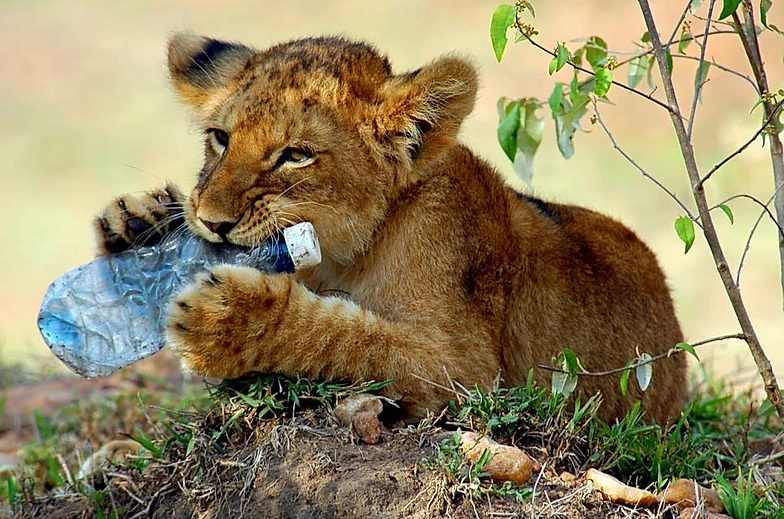
Ever since the 1950s, when plastics became popular, we have been told that they are great and can improve our lives. People even used to say that plastics were so good that you could eat them. In a 1997 commercial, the American Plastic Council said that plastic wrappings and containers are really good at protecting our food from getting dirty and keeping it fresh for longer.
They even made a joke that plastic is like a special food group that helps keep our food safe.
We are only now discovering how pertinent that sentiment is because we are finding tiny pieces of plastic in our water and even in the food we eat. This means that we are probably all unknowingly eating some plastic. As plastic production is set to double by 2040, we need to learn more about this material and the chemicals added to it.
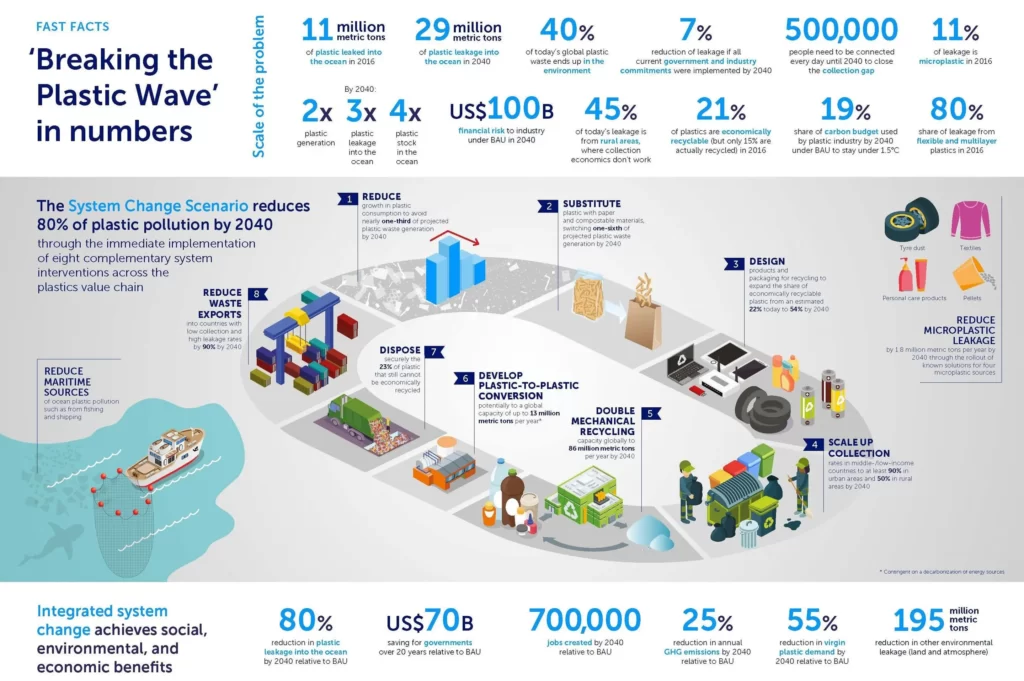
We don’t choose to consume plastics, but they are everywhere around us. They are in the air we breathe, our homes, and the water and food we consume. This is because plastics are used in almost everything we use and make, like our food wrappers, utensils, cars, and even our clothes. Plastics are found in many things, from fishing nets to soap and even medicine.
There are more than 203 kinds of plastic that people use all over the world. They are made with different materials and lots of different chemicals. It’s really hard to avoid touching or being around plastic and tiny pieces of plastic called microplastics.
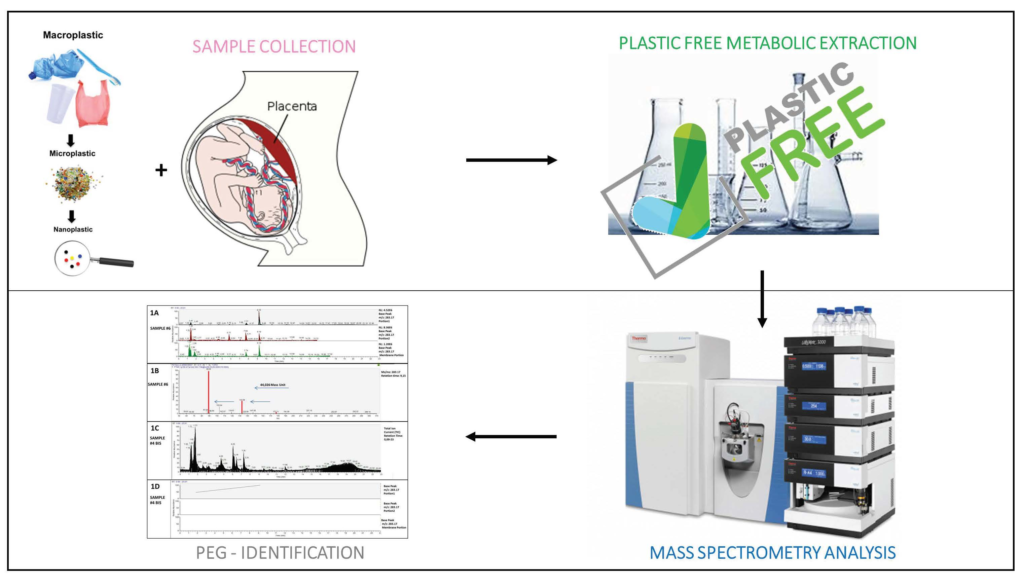
Scientists have found that microplastics can be harmful to babies even before they are born. These microplastics can stop the communication between a mother and her baby and might even hurt their DNA.
Some studies have found that when people accidentally eat tiny pieces of plastic, it can affect their ability to pay attention and might even cause a disorder called ADHD. There are also reports that say eating these tiny pieces of plastic could be linked to autism, problems with how we behave and grow, and disruptions in our hormones (which can make us start growing up too early). There are even some reports that say it could cause certain types of cancer in babies before they are born. There is still a lot more to learn about this.
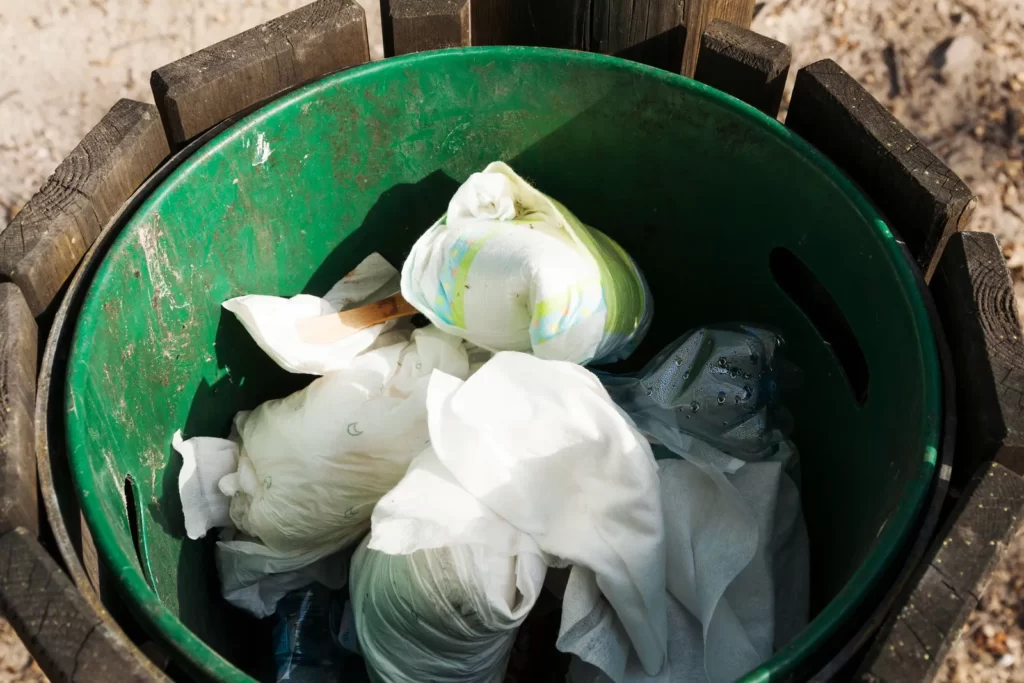
New evidence shows that babies might be more likely to eat tiny pieces of plastic compared to other groups of people. The researchers found that there were more plastic pieces in baby poop than in adults’ poop.
This isn’t really surprising because babies have toys, clothes, and cribs that can have plastic in them. They also play on playgrounds that have plastic, and even the milk they drink from their mom’s breasts can have plastic in it. So, babies are breathing in and eating little plastic pieces all the time.
So how did we address this problem at least for our babies in the age of plastics?
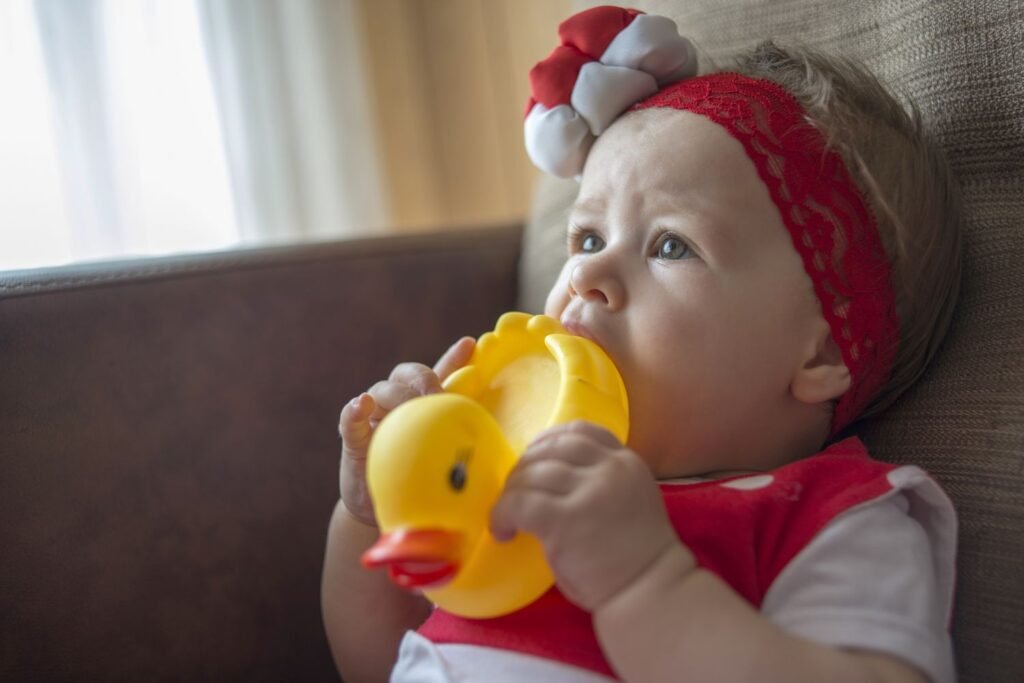
Scientists say that you can help keep children safe by doing a few things.
- Don’t use a plastic bottle to make formula with hot water – use a glass one instead and then transfer it to the plastic one when it cools down.
- Keep your floors clean by vacuuming and sweeping to get rid of tiny fibers.
- Try not to use plastic wrappers and containers if you can avoid it.
Microplastics have contaminated every aspect of our lives, so while you’ll never get rid of them, you can at least reduce your family’s exposure.
The above story is based on EARTHDAY.ORG report: Babies VS. Plastics; fake checked and edited by Clean-Future Team






